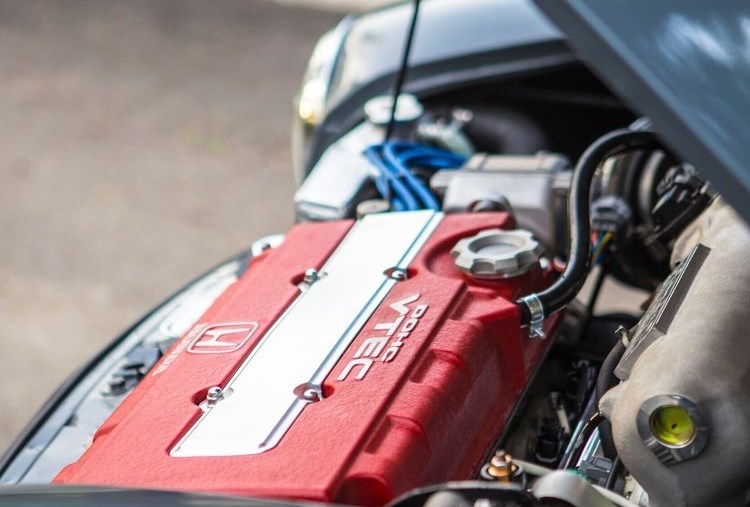
5 of the Best Naturally Aspirated Engines Ever Built
It seems like almost every car coming off the production line today has a turbocharged engine under the hood. That’s not a bad thing, of course, as a turbocharger can do wonders when it comes to extracting the most horsepower while maintaining stellar fuel efficiency. However, we do miss naturally aspirated engines. So much so that we decided to create a shortlist of five of the best naturally aspirated engines ever built.
Honda S2000 F20/F22C Engine
You can’t compose a list like this without including the legendary F20/F22C engine that powered the Honda S2000. The F20C engine was the 2.0-liter iteration that powered the spritely convertible from 2000-2003 and the F22C was the beefier 2.2-liter engine that made its way into the 2004-2009 S2000s.
We like this engine because there’s nothing like revving out to 9,000 rpm all day without having to worry about it breaking. To get the most out of this engine, Honda engineers used technology derived from Honda’s race engines and were able to extract 240 horsepower out of just 2 liters of displacement. The F20C engine utilized a high-compression ratio (11.0:1), an aggressive cam profile, and Honda’s well-known VTEC valve timing mechanism to create an engine that was easy to drive in the lower RPM range and was an intoxicating experience when it went past 5,850 rpm.
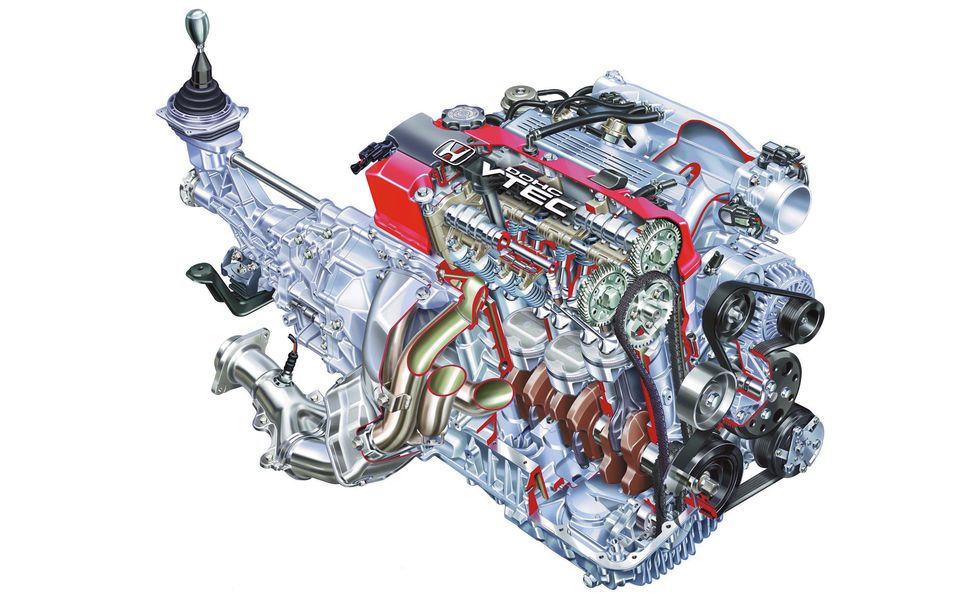
Acura Integra Type R B18C Engine
Yes, we obviously like Hondas, but again, this list would not be complete if we didn’t mention the B18C engine found in the Acura Integra Type R. This engine produced 195 horsepower out of only 1.8 liters of displacement and could rev out to an astronomical 8,500 rpm. To achieve this, the mad scientists at Honda utilized a high compression with an aggressive cam profile and variable valve timing.
Turbochargers do extract as much power as possible out of small four-cylinder engines, but Honda engineers were doing it without forced induction decades ago. Which is kind of ironic, considering Honda now uses turbocharged engines.
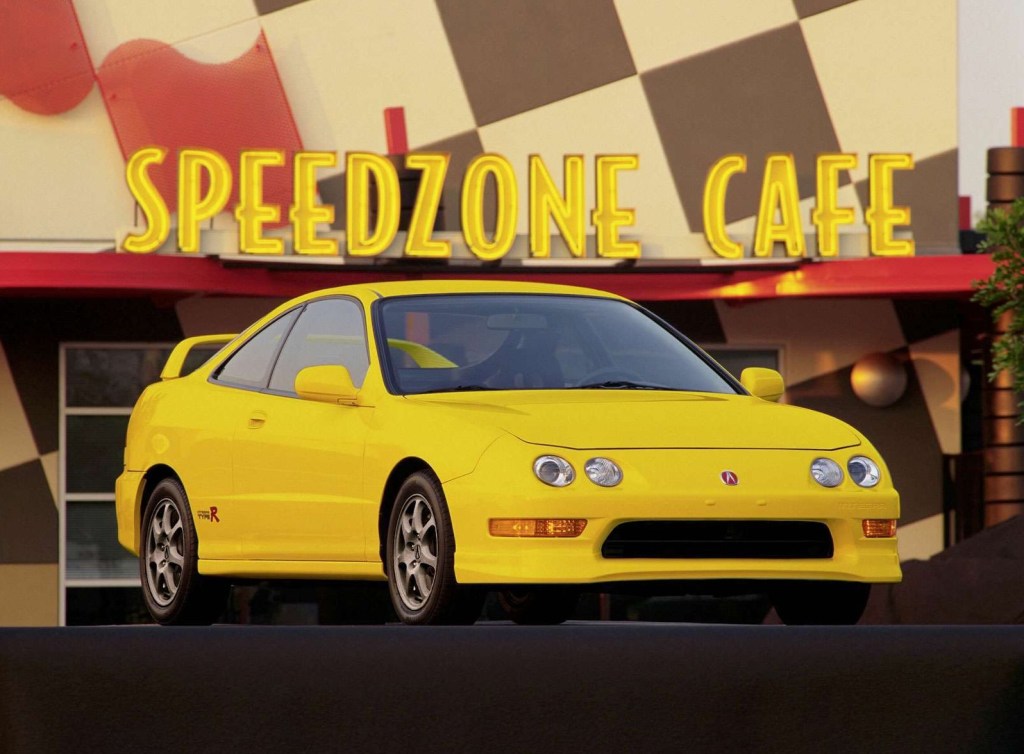
Chevrolet LS1 V8 Engine
The Chevy LS1 engine has been one of the most popular and sought after engines in the aftermarket ever since its debut in Chevrolet Corvette back in 1997. Its high demand is not just due to its ability to produce 345 horsepower and 350 lb-ft of torque, but it’s mainly due to the fact that it’s affordable and small enough (for a 5.7-liter V8) to fit in just about any chassis.
Did you just buy an RX-7 and don’t want to mess with the finicky rotary engine? Just put in an LS1 swap! Do you have a Geo Metro and are looking for an insane amount of power? Just put in… Actually no, just sell it.
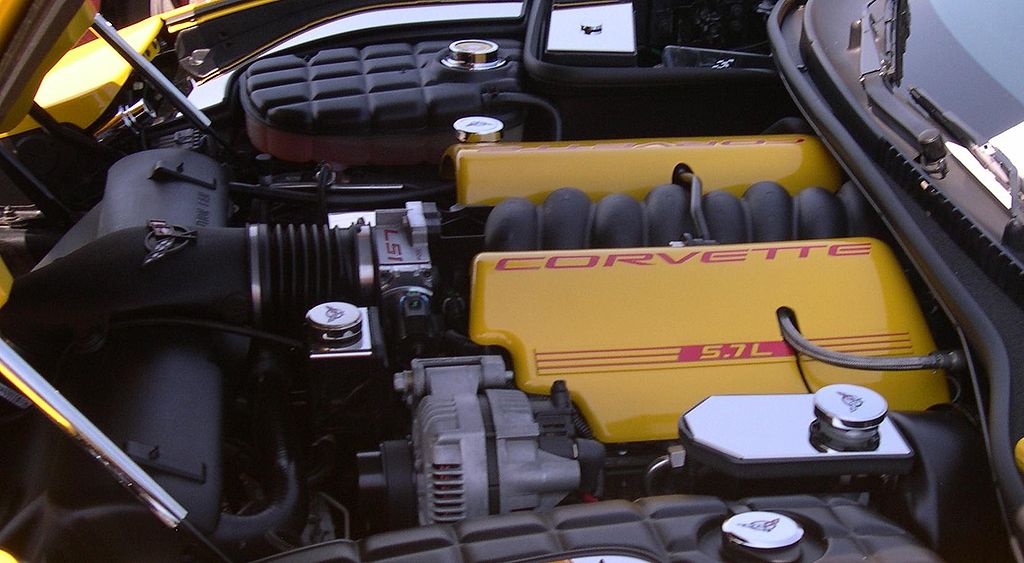
Lexus LFA V10 Engine
This is a bit of an oddity to add to this list since no one really cares about the Lexus LFA anymore. It’s shame, too, because the 4.8-liter V10 engine that powers it is quite the engineering marvel. Lexus collaborated with Yamaha to create this masterpiece of an engine that utilized titanium, magnesium, and exotic aluminum parts to create a high-revving, high-compression engine that produced 553 horsepower and 354 lb-ft of torque. Have you heard a V10 engine rev to 9000 rpm? If not, watch this video:
Dodge Viper V10 Engine
We know, this one is a little vague because there was a whole evolution of the V10 that was found in Dodge Viper ever since its debut in 1992. From its inception and up until the Viper’s untimely demise in 2017, the Chrysler V10 engine was reworked and re-tuned over the years. It steadily grew in displacement – from 8.0-liters to 8.4 – and even used variable timing in its later year to provide an ever steadier increase in horsepower.
The V10 started off by producing 400 horsepower and went up to around 645 in the last generation of the Viper. We applaud the engineers that worked hard to make the engine better over time, it’s too bad it didn’t last.
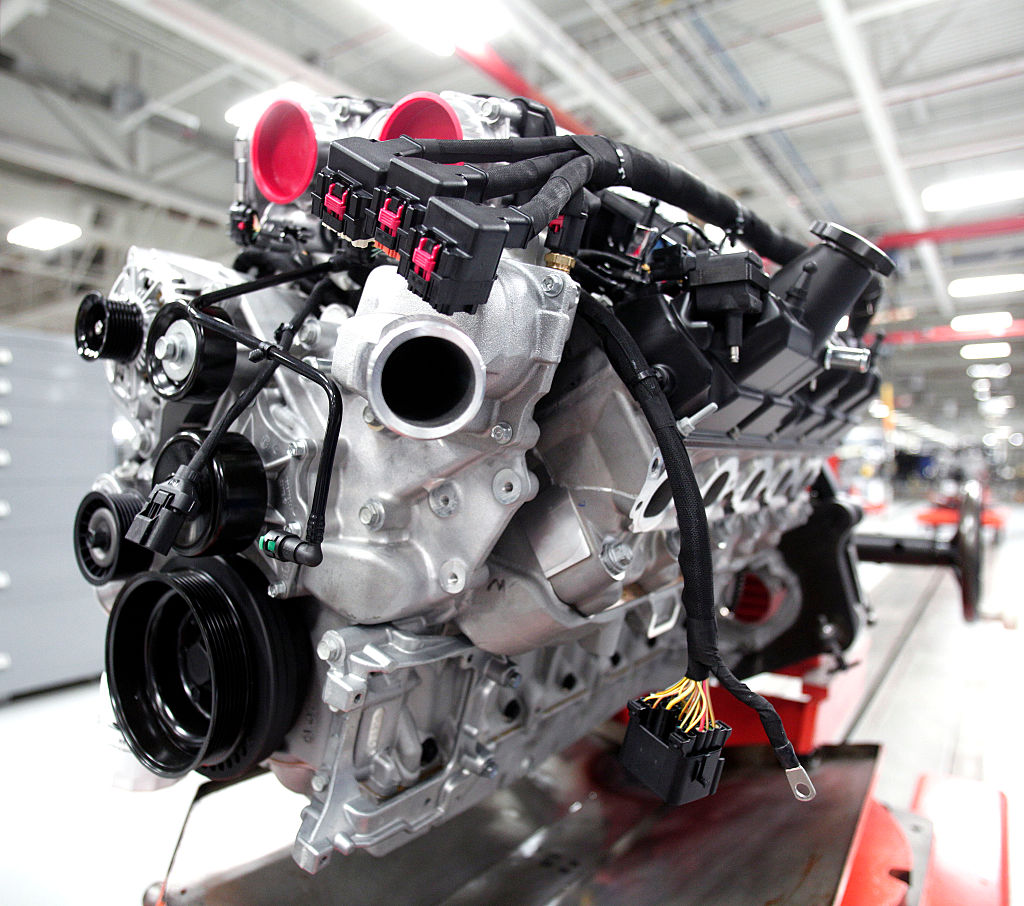
There’s so many more
We’re sure that there are many more naturally aspirated engines that we could add to this list, however, the ones we do have on here definitely deserved some kind of mention. While they all have come and gone, we can all only hope that they aren’t the last of their kind. And if they are, then you can look forward to our story on the “5 Best Hybrid Powertrains” someday. Actually, no… don’t.



